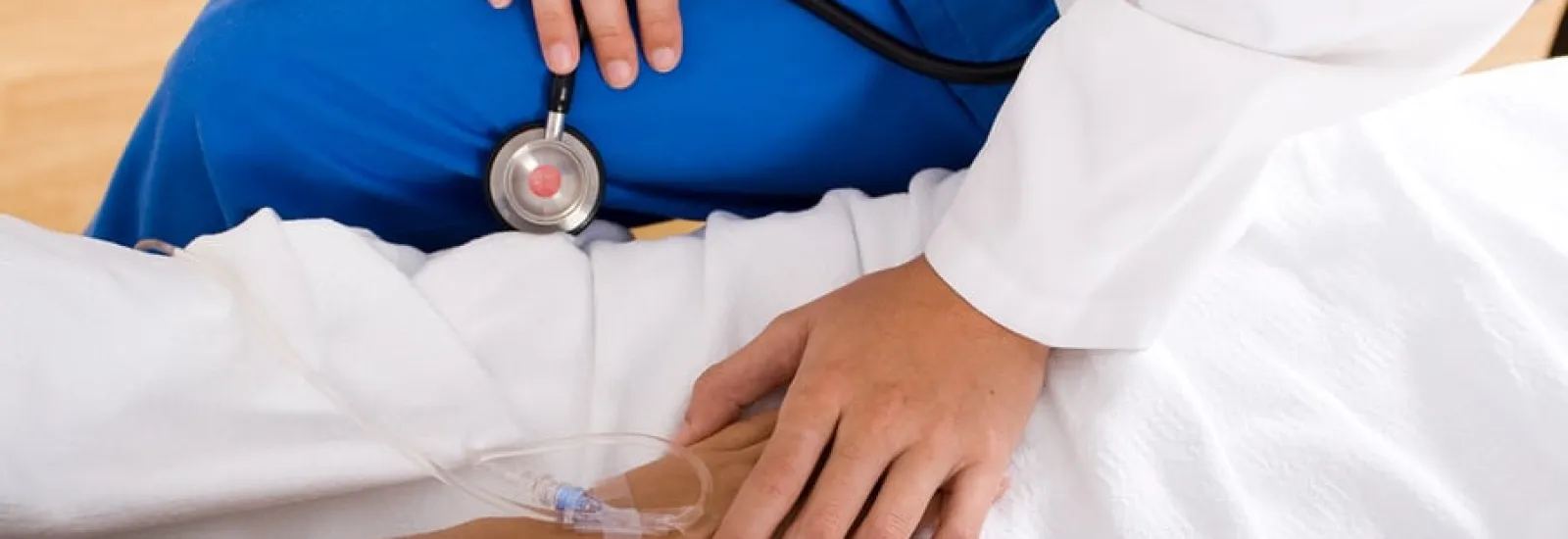
How the right environment can improve stroke recovery
Every 40 seconds someone in the United States experiences a stroke. Prompt recognition of symptoms (numbness on one side of the body face drooping difficulty speaking) and getting immediate medical care are critical. Otherwise the consequences may be fatal.
But for many surviving a stroke is just the first significant hurdle. Stroke recovery is often a long and difficult process for everyone involved. The aftermath of a stroke can leave someone with impaired motor and speaking function memory loss and even problems eating or swallowing. In fact stroke is the leading cause of long-term disability in the United States. That’s why choosing the right stroke rehabilitation center is vital for a successful recovery.
Look for certification

Being HFAP certified also means the hospital has demonstrated a clear commitment to providing excellent stroke care. This commitment includes fostering better patient outcomes reducing costs and offering the latest treatment advances. It also means following strict protocols from the Brain Attack Coalition and the American Stroke Association for the treatment and discharge of acute stroke patients. Such guidelines ensure that patients receive superior life-saving and evidence-based care.
Additionally HFAP primary stroke centers like the one at Reid Health provide individualized care to meet each patient’s unique needs.
Other things to look for
If you or a loved one has suffered a stroke the first thing to ask yourself is what type of care are you looking for? Are you looking for round-the-clock attention or something that allows a little more independence? Are you willing to endure an intensive program for faster results or do you prefer working at a slower pace? Once you have answered those questions and depending on your needs and insurance plan you can begin to narrow down the type of recovery program that’s best for you.
Recovery centers range from intensive inpatient facilities to daily outpatient programs and in-home nursing services. Because the risk of having another stroke is still high during the initial phases of recovery most doctors require patients stay in the hospital for a few days before discharging them. For that reason most patients start off with the hospital’s inpatient rehabilitation. If the hospital does not have its own rehabilitation center you or your loved one may need to attend a separate facility for treatment.
Undergoing rehabilitation at home may seem more comfortable and convenient but it may come with a cost. Home rehabilitation patients miss out on using specialized equipment to aid their recovery. Plus there’s a chance that insurance may not cover this type of care.
No matter the type of program you choose it’s essential to remember stroke recovery takes tremendous patience and hard work. Selecting an HFAP certified program with an attentive highly-trained staff like the Reid Health Stroke Center is the wisest choice for a safe and effective recovery. With the right care it IS possible to live a full productive life post-stroke!

